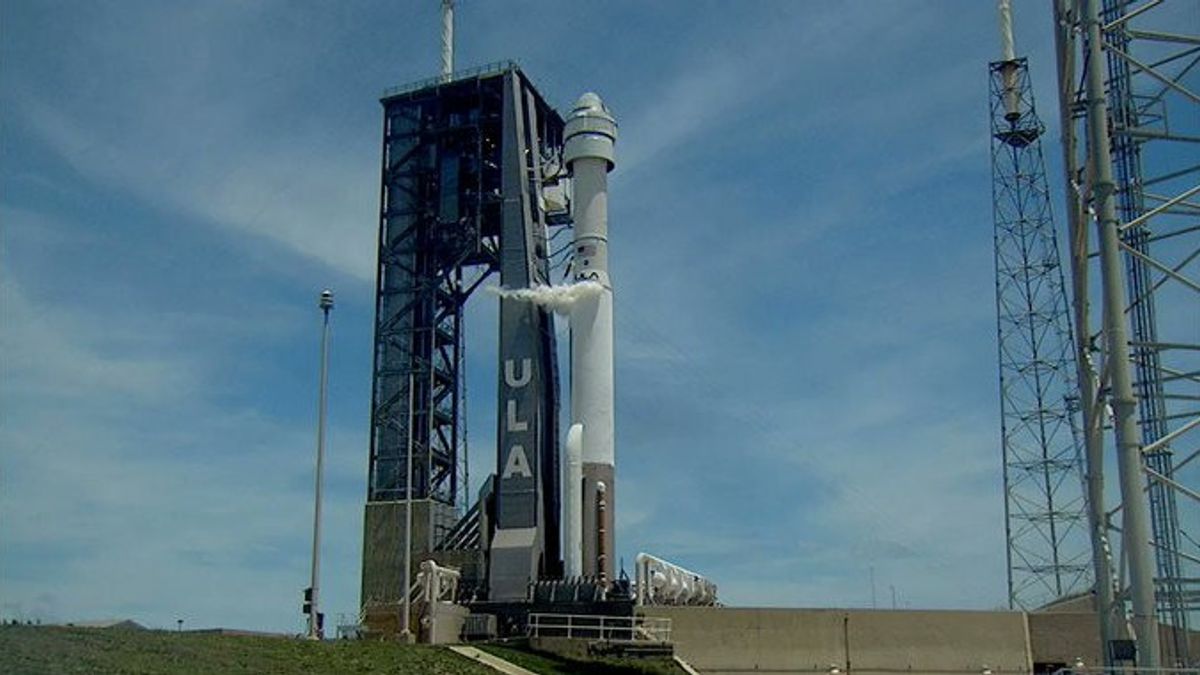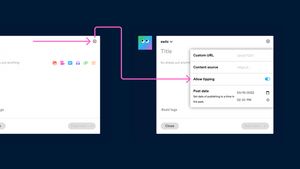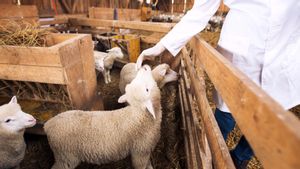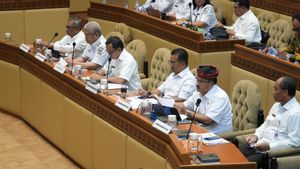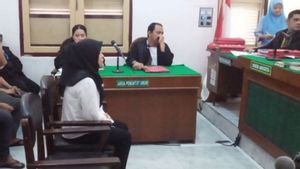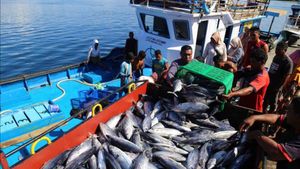JAKARTA - Boeing again experienced delays in their second attempt to launch the Starliner space capsule for an initial test with NASA astronauts on board. This happened, after the computer system stopped automatic launches minutes before takeoff.
This delay adds to the long list of technical problems that the previous ground team managed to overcome during the countdown, but ultimately resulted in an uncertain delay for the trial which was highly anticipated and had been delayed for a long time.
The next launch window for the mission is Sunday afternoon local time, but NASA stated on Saturday that mission officials would miss the opportunity without setting a new date. The next launch opportunity is available on Wednesday, June 5, and Thursday, June 6.
"We almost made it today," said Steve Stich, NASA's commercial crew program manager. "I know this is a bit disappointing, we're all excited. This is the nature of spaceflight," he added.
Saturday's delay was triggered by a computer on the launch pad of the Atlas V rocket that coordinated the final moments before takeoff. The Starliner capsule appears to be in good condition, officials said.
At a press conference following the delay, executives from Boeing and United Launch Alliance (ULA), a joint venture between Boeing and Lockheed Martin, which has an Atlas V rocket, hoped a computer review on Saturday evening would allow launches on Sunday.
"We will take that opportunity or the next one," Mark Nappi, vice president of Boeing, told reporters.
NASA stated that the decision to miss the launch opportunity on Sunday was taken to "give the team additional time" to assess the matter.
The launch of the first CST-200 Starliner crew to the International Space Station (ISS), with two astronauts on board, remains an important milestone for Boeing in its efforts to gain NASA's business share which is currently dominated by Elon Musk's SpaceX.
Starliner capsules shaped like rubber candy are ready to launch from NASA's Kennedy Space Center in Florida, aboard the Atlas V rocket. But with three minutes and 50 seconds remaining at a recoil count after the last "go" for launch was given by the director of the flight, the ground computer system triggered an automatic cancellation order that halted the launch sequence, according to mission officials.
ULA CEO Tory Bruno said the main cause of the possibility was a "grid problem or network communication problem" between the three computers that control the automatic launch system.
Boeing's first attempt to send an unmanned Starliner to the space station in 2019 failed due to software and engineering issues. The second experiment in 2022 was successful, paving the way for efforts to launch the first manned test mission.
SEE ALSO:
The launch on May 6 was halted two hours before launch time due to a damaged pressure valve at the top stage of Atlas V, followed by further delays due to other engineering issues that have since been resolved on the Starliner itself.
Two crew members, NASA astronauts Barry "Butch" Wilmore, 61, and Sunita "Suni" Williams, 58, have sat on their seats in the spacecraft for several hours before launch activity was suspended on Saturday. Technicians safely helped astronauts get out of the capsule and away from the launch tower after the flight was canceled, returning them to their quarantine places to await subsequent flight efforts.
It's not uncommon in the space industry to stop the countdown at the last minute and delay launches for a few days or weeks, even when small malfunctions or unusual sensor readouts are detected, especially in new spacecraft flying humans for the first time.
Boeing, whose commercial aircraft operations are in turmoil after several crises, desperately needs success in space for its Starliner project, a program that has been delayed several years at an additional cost of more than $1.5 billion.
While Boeing struggled, SpaceX has grown into a reliable space taxi service for NASA, providing the only way to launch an ISS crew into orbit from US soil.
NASA, which supports a new generation of privately built spacecraft, sees Starliner as the second important vehicle capable of bringing astronauts to and from the space station, as well as to the moon and finally Mars under the ambitious Artemis program.
After launch, Starliner is expected to arrive on the space station after about 24 hours of flight and docked with a research post orbiting about 250 miles (402 km) above Earth. It is planned that two astronauts will remain on the space station for about a week before returning to Earth with Starliner for parachute-assisted landings and airbags in the southwestern US desert, the first for NASA's manned mission.
The English, Chinese, Japanese, Arabic, and French versions are automatically generated by the AI. So there may still be inaccuracies in translating, please always see Indonesian as our main language. (system supported by DigitalSiber.id)
